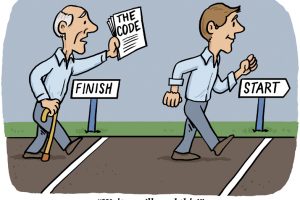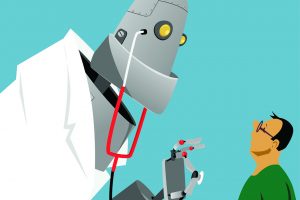By Kendra Letang and Rob Walling
I would love to have some high-energy actuaries. … Please join Tesla, especially if you want to change things and you’re annoyed by how slow the industry is. Tesla is the place to be. We want revolutionary actuaries. —Elon Musk
There’s a misperception that innovators don’t need rules. Or, perhaps more dramatically, a perception that innovators flout rules. We think of innovation as an undiscovered country, where pathfinders with uncompromised vision carve new roads and turn over new ground to change the world.
Truth be told, there’s some accuracy in the portrait. Innovation requires vision. Innovators must be predisposed to taking risks and exploring uncharted waters.
But innovation is not without structure. That “undiscovered country” is not lawless. Innovators walk well-worn trails—carved by others—with rules and guides that keep the path safe and keep them moving in the right direction. Innovators work within boundaries and follow laws, both human and natural, even as they create things the world has not yet seen.
A 2015 McKinsey & Co. paper called this “disciplined innovation”:
Sophisticated innovators … have long recognized that constraints spur and guide innovation. Attempting to innovate without boundaries overwhelms people with options and ignores established practices, such as agile programming, that have been shown to enhance innovation. Without guidelines to structure the interactions, members of a complex organization or ecosystem struggle to coordinate their innovative activities.[1]
Insurance, including captive insurance, could certainly be described as “complex ecosystems.” So insurance innovators need boundaries, constraints and rules, as much as sophisticated innovators in other industries. But what guidance can insurance innovators look to when they develop a new product or begin serving a new, emerging industry? And what about actuaries who need precedent and utilize historical data to help innovators manage risk?
It seems like counterintuition, but to manage innovation, actuaries need to leverage rules—particularly the steady, predictable, largely static but infinitely useful actuarial standards of practice (ASOPs).
In the ASOPs, actuaries can find support for work in unfamiliar areas and discover navigation lanes in any uncharted waters. There are certain segments—connected home, gig economy and medical technology among them—that are new industries or industries that seem to be focal points for innovation. ASOPs are the touchstone when any innovative actuary works on insurance in these industries, for these companies and their products.
A few ASOPs are particularly useful for those seeking to be called an “innovative actuary.”
Getting Good Data: We Haven’t Been Here Before
ASOP No. 23 guides actuaries in the area of data quality. It may be helpful to think of ASOP No. 23 as basic equipment for actuarial work in innovative areas. Data can be scarce for new products or services. As we’ve discussed, there would be precious few historical losses or data available for an original widget in a new industry, invented yesterday and sold tomorrow. An actuary may need to—gasp!—be creative and find reasonable comparable data on different products in a different, perhaps more established, industry. A sharp-eyed reader may also point to ASOP No. 1, Introductory Actuarial Standard of Practice, but ASOP No. 23, Data Quality, is also salient for this example.
As we think about exploring and sourcing data and, subsequently, leveraging new pieces of data, ASOP No. 23 is enormously helpful. It reiterates that a healthy sense of skepticism is important when dealing with and reviewing data, particularly a new data set. Section 3.4: “Use of Data” highlights what is appropriate data to use in an analysis—its reasonableness and what to do with limitations. And of course, the section lays out under what circumstances the actuary may rely on data provided by others.
But section 3.4 also restates that judgmental adjustments or assumptions can be applied to data to facilitate an actuary’s analysis. If an actuary lacks data on our aforementioned, hypothetical new widget in a new industry to complete her analysis, she may look to an analog and available comparable data that will allow her to complete her analysis.
And as with all things: When in doubt, disclose. More on that topic later.
Classifying Risk: The Connected Home
There has been an explosion in the propagation of connected home devices such as Amazon Alexa and Ring systems and Google’s Home and Nest products in the last five years. For consumers, the value of these devices and related services are convenience and security. They integrate the experience of being at home. With single-point, easy-to-use voice controls or applications, connected devices help consumers more easily monitor and manage appliances, lighting, temperature, safety, and other aspects of the home.
For manufacturers and service providers, the value of connected devices lies in gathering consumer behavior insights to help better market and sell products and services. For insurers, it means the data that can be leveraged in mitigating and estimating future insurance losses. A well-integrated connected home system that includes smoke detectors, water monitors and alarm systems can provide a wealth of information to inform potential loss exposure, prevent accidents, and mitigate the severity of loss.
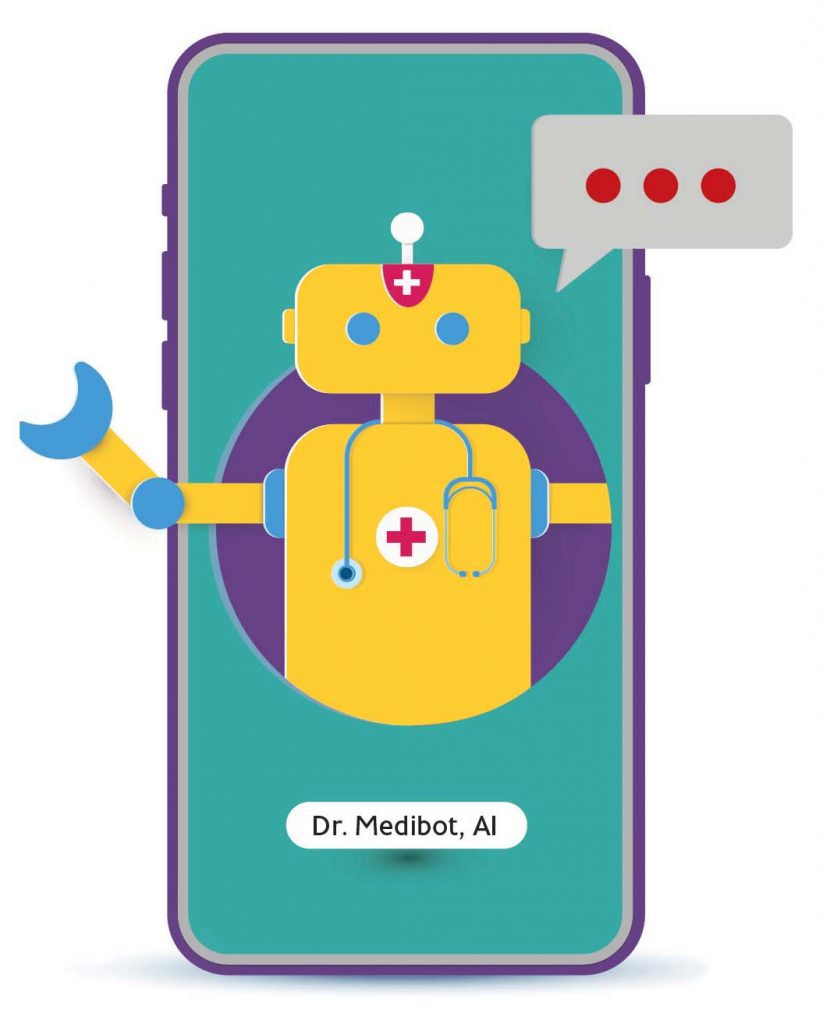
Although the connected home may have been imagined 20 years ago, what has actually emerged is a unique industry with new challenges and opportunities. How does an actuary help an insurer design coverages and manage risk associated with unique devices and services—ones that no one has ever designed coverage for?
That will require the actuary to innovate, in a sense. But any good actuary—one who considers herself innovative or not—would look to ASOP No. 12, Risk Classification, to assess risk associated with new products.
ASOP No. 12 provides guidance for selecting risk characteristics, establishing risk classes, and testing the risk classification system. While there are many areas of ASOP No. 12 that are applicable to connected home innovations, it is the section on consideration of selection of risk characteristics—and specifically practicality, applicable law, and industry and business practices—that are particularly useful for insurance tied to the connected home.
These sections of ASOP No. 12 guide the actuary in understanding the time, economic, and other practical constraints on classifying what may constitute risk. With respect to the connected home, one risk and resultant coverage may be self-evident: cyber. There have been several well-publicized incidents of hackers breaching smart home data. We may consider that risk easily foreseeable. But might an actuary also identify and classify product liability and poor manufacture as another form of classifiable risk?
There will be no problem with gathering the data. The volume of data from connected home devices is similar to the amount of data gleaned from automobile telematics devices. Many insurance companies that were early adopters of telematics quickly discovered a volume, variety, and velocity of data that was a challenge to manage.
Add patterns of adoption and lack of consistency across devices, and the use of connected home data becomes even more challenging—and may also be impractical until there’s deeper penetration.
It is the responsibility of the actuary to glean that data and identify, classify, and help companies manage connected home industry risk. It is well worth remembering, however, that ASOP No. 12 reminds actuaries that they need to be aware of the source and validity of the data, and actually cross-references the need to attend to ASOP No. 23 in their analyses.
Gig Economy
In addition to advancements in technology, shifts in the way we live today have driven the actuarial relationship to innovation. For more than a generation, American workers often stayed with a single employer for the course of their career. As the American economy shifted from manufacturing to services, skill sets and technology changed what a career looked like. Our careers look much more dynamic than the careers of our parents and grandparents.
Now, the American economy is undergoing another type of shift. And while we may discuss the transitory or permanent effects of the COVID-19 pandemic, there is a more structural shift taking place for a segment of American workers: the evolution toward the gig economy.
The gig economy can be thought of as a labor market characterized by freelance and independent contract workers—not tied to an employer, but instead opting to take on contract and other non-permanent jobs. This is obviously not a new concept. Americans have always had side jobs. But the new, widespread availability of technologies and marketplaces for these types of peer-to-peer connections have increased workers’ desire for flexibility and independence. And it has enhanced the visibility and prominence of the gig economy in our labor market.
This innovation in the way we travel and commute has shaken up automobile coverages. Historically, the structure has been clear and relatively uncontroversial. Personal coverage was personal and commercial coverage was commercial, and seldom the twain met. That relationship is far more blurred now than it may have ever been.
Ridesharing companies such as Lyft and Uber are the example. A driver on Lyft may have a personal auto insurance policy. Personal policies, however, nearly always have an exclusion for livery service. Although Lyft drivers are independent contractors, driving is not often their full-time job. They would not have a commercial policy to cover losses.
Ridesharing insurance has solved this disconnect for the rideshare industry, but gig economy work extends far beyond ridesharing. There’s an application or service to book all kinds of activities and tasks, whether large or small, from shopping to moving.
ASOP No. 53, Estimating Future Costs for Prospective Property/Casualty Risk Transfer and Risk Retention, provides guidance on estimating future costs. Section 3.10 is key, highlighting consideration when “historical loss and loss adjustment expenses are either unavailable, limited, or not fully representative of the new coverage or exposure.” Section 3.10 encourages thoughtful consideration about exposure and data.
Risk classification is, again, important, as is the relationship of data that may be used in analysis:
“The actuary should select an exposure base that bears a strong relationship to the cost of risk transfer or risk retention and is practical. Characteristics of a practical exposure base may include that the exposure base is objectively measurable and easily verifiable.”
For the exposures underlying gig economy work, it’s important to understand:
- if there is a shift in experience. Someone who has been washing windows for 20 years would represent a much different level of risk than a novice hired through an app.
- the types of opportunities available through the gig economy versus those in the traditional space. Does one have greater risk control measures than the other?
- what qualifications are required.
Technology Research, Robotic Surgeons, AI Diagnoses, Gene Editing, and More
It seems that every day some form of medical innovation makes headlines. We see gene therapies to treat inherited diseases, new drugs with mRNA technology, stem cells and nanotechnology therapies, and robotic surgeons performing procedures too delicate for humans. And artificial intelligence (AI) increasing the accuracy of critical diagnoses has been advancing at extremely rapid speed.
These technologies need a wide array of insurance coverages to be commercially viable and for patients to start being treated. COVID-19 has underscored that the public is often skeptical of advancements in health care. Therefore, insurance coverage for these often unbelievable new products is essential to increasing the confidence that health care providers and the public have in new technology.
A new AI system that is developed to increase the accuracy of diagnoses of conditions like heart disease or lung cancer can benefit greatly from warranty coverage. Most of the research on these AI systems relies heavily on non-actuarial models to develop pricing assumptions. Therefore, the newly effective ASOP No. 56, Modeling, is an invaluable tool.
One key element of this standard appears in section 3.4, which states, “If an actuary relies on a model designed, developed, or modified by others … the actuary should make a reasonable attempt to have a basic understanding of the model, including the following, as appropriate:
- the designer’s or developer’s original intended purpose for the model;
- the general operation of the model;
- major sensitivities and dependencies within the model; and
- key strengths and limitations of the model.”
The goal of diagnostic AI systems in health care is to reduce the number of false negatives—that is, the number of patients who are told they do not have the disease they actually do. These false negative readings can lead to misdiagnosis and medical professional liability claims. To support insurance pricing, the client typically provides historical results of the AI system compared to human diagnoses over thousands of data points.
In this case, the background of the developers of the AI system and the individuals developing the research on its performance are germane. The source of the data, including any potential biases in the source data, need to be understood. If the research has been submitted for review or publications, this process helps increase the reliance the actuary can place on it. Ultimately, after making this assessment, the actuary needs to make a determination of whether the model and its data are appropriate for developing premium estimates and how it will be utilized. Finally, the actuary has a responsibility to document all of this in his actuarial report.
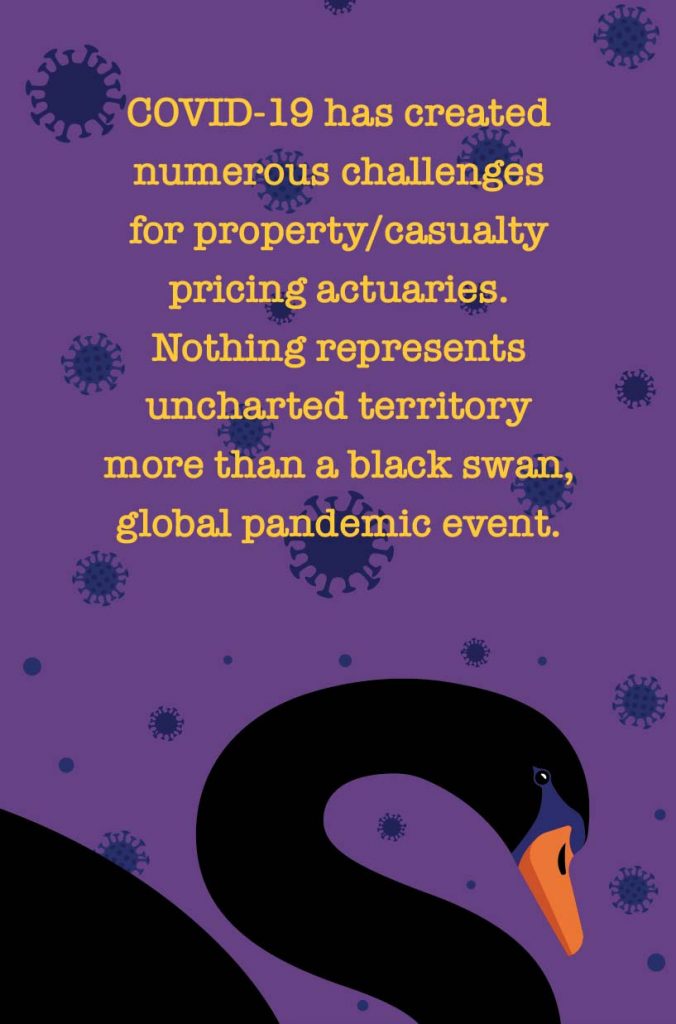
Pricing the Impact of COVID-19
COVID-19 has created numerous challenges for property/casualty pricing actuaries. Nothing represents uncharted territory more than a black swan, global pandemic event. Toward what guidance do we look?
The transportation sector saw dramatic differences from expected mileage in the second quarter of 2020 (e.g., much higher for some companies such as last-mile delivery, much lower for auto haulers, livery, and gasoline delivery). Also in 2020, senior care facilities, hospitals, janitorial services, groceries, restaurants, and other industries deemed essential saw significant numbers of COVID-19 claims. The health care and senior care industries also experienced notable patient mortality from COVID-19. Movie and film studios incurred hundreds of millions of dollars in business interruption claims due to production delays. There have also been dramatic increases in the use of telemedicine, whose impact on medical professional liability remains to be determined.
So how does an actuary price evolving insurance coverage during COVID-19? The two actuarial standards on risk management—ASOP No. 46, Risk Evaluation in Enterprise Risk Management, and ASOP No. 47, Risk Treatment in Enterprise Risk Management—are extremely helpful.
Consider an actuary trying to assist a movie studio in developing an insurance product to insure against the business interruption costs associated with production delays caused by COVID-19 or another pandemic or pathogen. This coverage is essentially unavailable in the commercial insurance market, but is also required for production to resume.
ASOP No. 47 defines risk treatment in section 2.13 as “the process of selecting actions and making decisions to transfer, retain, limit, and avoid risk. This can include determining risk tolerance, choosing risk appetites, setting risk limits, performing risk mitigation activities, and optimizing organizational objectives relative to risk.”
This insurance product is a case study in all of these facets. For example:
- Risk transfer and retention. How much risk can an individual production company retain within its budget? Are there opportunities to distribute or pool risks with other productions or other production companies? Is there any reinsurance available for truly catastrophic coverage?
- Risk mitigation. Can production schedules be modified to limit the number of key cast members on site any particular day? Can crew be quarantined? How often should testing be performed? Can backup crew be quarantined and available in the event of a positive test(s)?
Interestingly, many studios have developed state-of-the-art risk mitigation protocols out of necessity because productions are often in diverse geographical locations.
Every Day Is Cyber Monday
Another result of COVID-19 has been the material increase in internet-based retail. Online shopping is now approximately 14% of total U.S. retail sales. While Amazon strives to achieve a rate of stolen, damaged, or returned packages of less than 1%, according to one report, 43% of American consumers have been a victim of package theft in the last year.[2] Traditionally, the shipping companies have provided the insurance for these packages.

The relatively small number of insurance options and frequent coverage denials for insufficient packaging make this particular form of cargo liability insurance an area ripe for disruption. Solutions such as improved packaging and tracking tools are also reducing the frequency of items being damaged, spoiled, or lost in transit. In fact, monitoring sensors, secure containers, and insurance solutions are being developed to reduce the modern nuisance of packages being stolen off people’s front porches after being delivered.
Communication Is—Always and Forever—Key
Disclosure and documentation are essential steps in complying with actuarial standards, particularly when dealing with insurance products incorporating innovation. As a result, ASOP No. 41, Actuarial Communications, is an incredibly important standard for any actuary working in innovation.
Arguably the most important element of the standard is section 3.2, which in part states that “[i]n the actuarial report, the actuary should state the actuarial findings, and identify the methods, procedures, assumptions, and data used by the actuary with sufficient clarity that another actuary qualified in the same practice area could make an objective appraisal of the reasonableness of the actuary’s work as presented in the actuarial report.”
That can be a real challenge in the area of innovation. In some cases, while there are many “actuar[ies] qualified in the same practice area,” very few of them have the relevant subject area expertise in the area of innovation being considered. This can even be a challenge in finding a truly qualified peer reviewer.
There are several other important elements to this standard, including sections:
- 3.2—Requires the actuary to “complete an actuarial report if the actuary intends the actuarial findings to be relied upon by any intended user.” This is an aspect of the standard sometime missed by company actuaries who often are not required to produce an actuarial report.
- 3.3—Provides guidance on documentation in “special circumstances.” Assignments in the area of innovation seem at times to be nothing but special circumstances.
- 3.4—Relates to specific disclosures related to uncertainty, conflict of interest, reliance on others, responsibility for assumptions and methods, and others. The disclosures related to methods and assumptions can be particularly important in innovation.
The Road Forward
So who would like to be an innovative actuary?
The uncharted waters are choppy, vast, and sometimes very dark. Innovative actuarial work constantly presents new problems that don’t have textbook solutions; pristine, credible data sets; or commercially available analogs from leading insurers. This is the essence of why it is so exciting—and so challenging. For actuaries working in emerging areas, the ASOPs are the acrobat’s net. They are the mountain climber’s safety ropes, the markers on the trail that offer protection in the midst of uncertainty and risk.
KENDRA LETANG, MAAA, ACAS, and ROBERT J. WALLING III, MAAA, FCAS, are consulting actuaries with Pinnacle Actuaries Resources, Inc.
References
[1] “The simple rules of disciplined innovation”; McKinsey Quarterly; May 1, 2015. [2] 2021 Report on Package Theft in America; DeliverySafe.